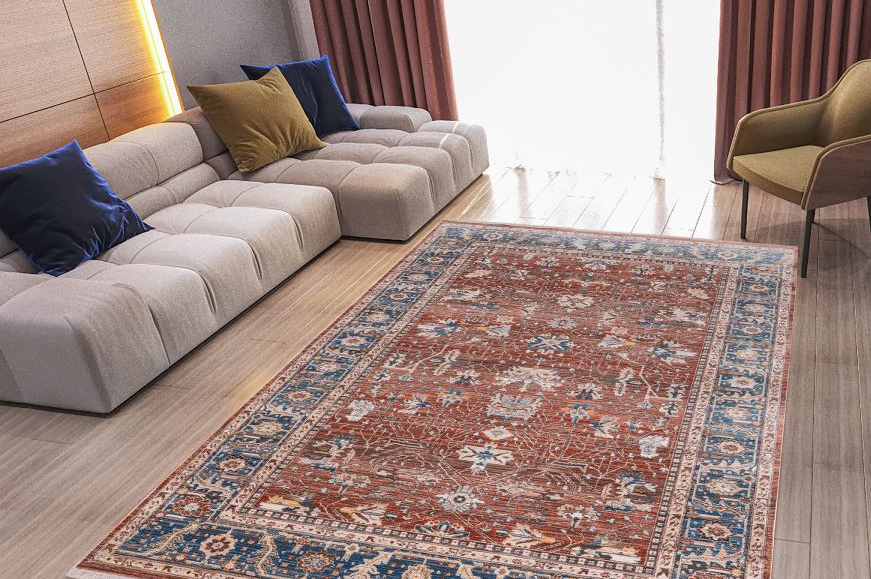
Handmade carpets are not just floor coverings; they are works of art crafted with skill, patience, and tradition. The craftsmanship behind these carpets is a testament to centuries-old techniques passed down through generations. From the intricate designs to the quality of materials used, every aspect of handmade carpet-making reflects the dedication and artistry of the artisans involved.
At the heart of handmade carpet-making lies the art of hand-knotting. This meticulous process involves tying individual knots of yarn onto a loom to create the carpet's pile. Skilled artisans use techniques passed down through generations to ensure precision and uniformity in each knot. Depending on the design and size of the carpet, it can take weeks, months, or even years to complete a single piece.
The quality of materials used in handmade carpets is paramount to their durability and beauty. Artisans carefully select natural fibers such as wool, silk, or cotton, ensuring they meet the highest standards of quality. These fibers are then dyed using natural or synthetic dyes, with some artisans still employing traditional dyeing methods passed down through generations. The result is vibrant colors that enhance the beauty of the carpet and stand the test of time.
Handmade carpets are renowned for their intricate designs and patterns, which often reflect the cultural heritage of the region where they are made. Artisans draw inspiration from nature, geometry, and traditional motifs to create unique and captivating designs. Each design is carefully planned and executed, with artisans often working from memory or following patterns handed down through their families. The result is a carpet that tells a story and adds a touch of elegance to any space.
One of the most fascinating aspects of handmade carpets is the regional variations in style, technique, and design. From the vibrant colors and bold patterns of Persian carpets to the geometric motifs of Moroccan rugs, each region has its own distinctive aesthetic. These regional variations not only reflect the cultural identity of the artisans but also contribute to the diversity and richness of the carpet-making tradition.
At the heart of every handmade carpet is the skilled artisan who brings it to life. These artisans undergo years of training and apprenticeship to master the craft of carpet making. From selecting the finest materials to meticulously tying each knot, their expertise and dedication are evident in every aspect of the carpet. Many artisans take pride in their work, seeing it as a form of artistic expression and a way to preserve their cultural heritage.
Despite advances in technology, handmade carpet making remains a time-honored tradition passed down through generations. Artisans continue to use age-old techniques and tools, ensuring the authenticity and quality of each carpet. By preserving these traditions, artisans not only honor their cultural heritage but also contribute to the sustainability of the craft for future generations.
Handmade carpets are more than just decorative pieces; they are investments in craftsmanship and artistry. Unlike machine-made carpets, which are mass-produced and lack the character and charm of handmade ones, each handmade carpet is unique and carries the imprint of its artisan. As such, handmade carpets are often treasured heirlooms passed down from generation to generation, increasing in value over time.
The craftsmanship behind handmade carpets is a testament to the skill, dedication, and tradition of the artisans who create them. From the meticulous hand knotting to the vibrant colors and intricate designs, every aspect of handmade carpet-making reflects the artistry and expertise of the artisans involved. By preserving these traditions and techniques, artisans ensure that the legacy of handmade carpets continues to thrive for generations to come.